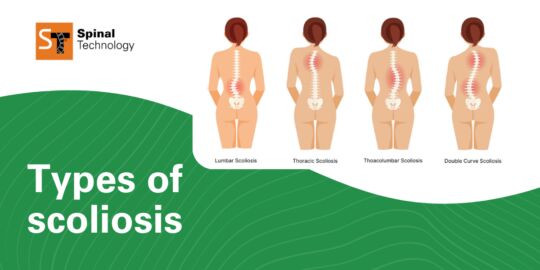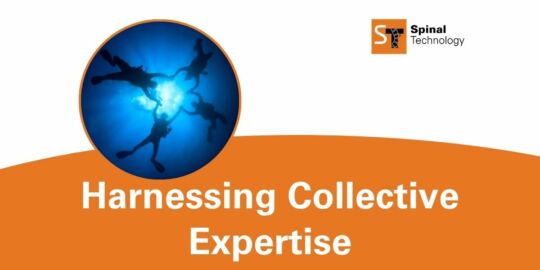Facts About Scoliosis
Knowing that you are not alone in this journey should be able to take some of the weight off your shoulders. When you first get your child's diagnosis of scoliosis, it can seem overwhelming. Here are some short video clips to help you determine the facts. Talk to your physician about what the right course of treatment for your individual case will be.
1. Early detection is key.
The Scoliosis Research Society recommends that boys be examined once around the age of 13 or 14 (grades 8 to 9), and girls twice, at ages 10 and 12 (grades 5 and 7). If your children have a family history of the condition, you should take extra care to have them screened. Even if your child is diagnosed with AIS, many cases require no treatment at all and are simply monitored by your child’s doctor at regular intervals. Only 30% of all cases will require bracing, while an even smaller 10% percent will actually need back surgery to correct the curve.
2. Signs and Symptoms are Subtle
Warning signs include a raised or prominent shoulder blade, uneven hips or waist, or a visible curve to the spine resembling a “C” or “S” shape. To examine your child, ask her to bend forward while you look at his or her back. “You want to look for anything asymmetrical,” says Dr. James Osborn, an orthopaedic surgeon with Tennova Spine – Cleveland.
If something looks off, make an appointment with a pediatrician or spine doctor right away. But don’t panic—most curves are mild (measuring less than 20 to 25 degrees) and won’t require treatment.
Fact #3 - There is No Known Cause
Adolescent Idiopathic Scoliosis (AIS) includes the word idiopathic because its cause is unknown. Despite common misconceptions, scoliosis can’t be caused by playing sports, bad posture, or carrying heavy backpacks.
Fact #4- It Tends to Run in Families
According to the Scoliosis Research Society, approximately 30% of all individuals diagnosed with scoliosis have a family history of the disease. This is why researchers and physicians believe it has a genetic component.
It is important to continue to do your research and look at trusted sources like Scoliosis Research Society and help fundraise for organizations like Setting Scoliosis Straight to further their research. You can read the full article here.


